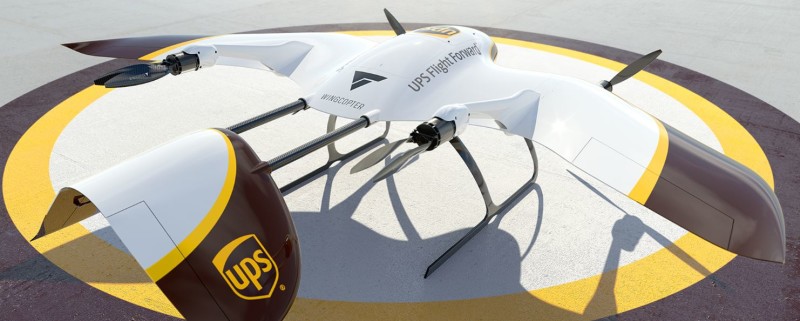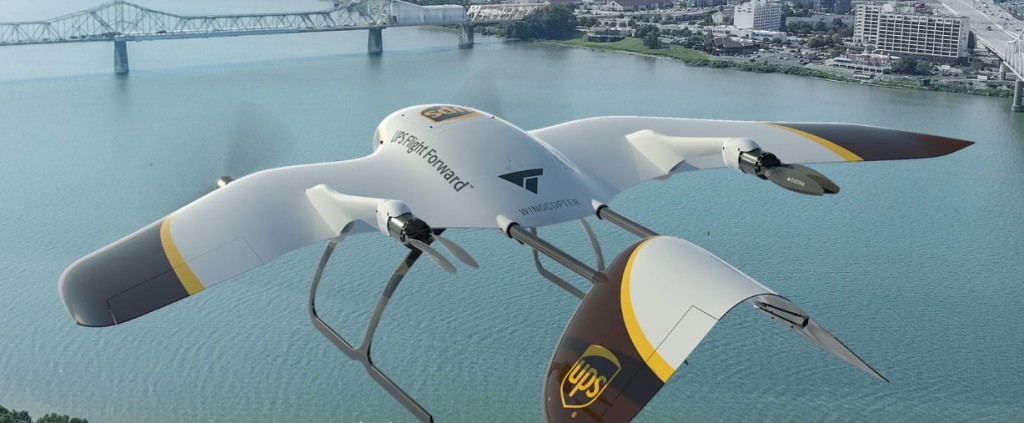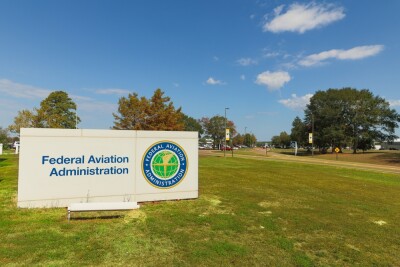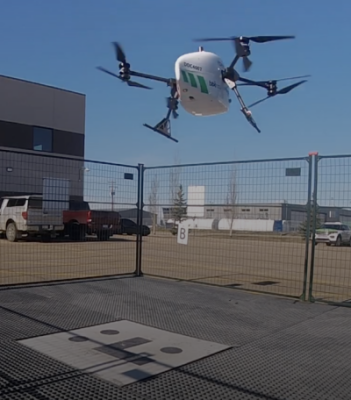Four years ago, during my first Commercial UAV Expo in Las Vegas, I came across a group of young people with an idea that I thought at the time would revolutionize the concept of electric vertical take off and landing or eVTOL. Their young company, Wingcopter, based in Darmstadt, Germany was in the process of perfecting Tilting, a technical challenge that has haunted the infamous Boeing Osprey V22, since its first flight in the late 80’s. Their innovative design was one of the many revelations of the 2016 Commercial UAV Expo and from then on, they have moved to bigger and better things as they perfected their technology.
On March 24, Wingcopter and UPS drone delivery subsidiary UPS Flight Forward (UPSFF) announced that they would collaborate to develop the next generation of package delivery drones for a variety of use cases in the United States and internationally. We reached out to Tom Plümmer, CEO of Wingcopter, for his perspective on the UPS announcement, but also to talk about the future of drone delivery in general.
What markets are you looking at apart from the UPS partnership?
We are currently focusing on different delivery applications like the efficient and safe transport of healthcare products such as vaccines, blood, medicines or laboratory samples, packages (e-commerce), food or groceries. We are looking at applications that can be carried out either in a commercial, a humanitarian or an emergency context. However, the Wingcopter is even more versatile: Wingcopters are also used throughout the world for mapping and inspection purposes. For example, one of our customers, Norwegian company KVS Technologies, uses a fleet of Wingcopters for autonomous power line inspections.
Is your technology available to the general public today?
Yes, we have been selling our Wingcopters and also renting them on a subscription basis to private corporations, organizations, government entities and public customers for more than two years. That allowed us to be completely self-financed and bootstrapped, building up Wingcopter purely through revenue, until recently when we received two venture capital investments to accelerate the company’s development and global expansion. Despite the partnership with UPS, Wingcopter continues to be an independent drone manufacturer, open for all kinds of business cooperation with other customers.
What kind of support issues are you having with your technology?
We are in close contact with all our customers and even offer customized solutions on request. We include in every order an equipment introduction and flight training. In many cases, we even help to set up our customers’ projects. For a startup, this can of course be challenging at times, especially when operating globally. However, we are in the good position to have a really good relationship with most customers, sometimes even friendly contact, and that we get constructive feedback enabling us to constantly improve and stay innovative.

From the UPS perspective, we reached out to Kyle Peterson, UPS spokesperson, who was able to shed some light as the reasons to select Wingcopter.
“Wingcopter’s patented tilt-rotor configuration combines the benefits of two drone types in one unmanned system. It offers the ability to take off and land vertically in the smallest of spaces like a quadcopter/multicopter. It also has the ability to transition smoothly into an efficient fixed-wing aircraft, enabling flights over longer distances, higher payloads and high speeds,” Peterson said. “In addition, Wingcopter’s slow-drop mechanism allows drones to lower parcels accurately through a secure winch while hovering, avoiding the need to land at the point of destination. Finally, Wingcopter has a track record of delivering a variety of goods over long distances in multiple international settings.”
The versatility, endurance capabilities, and longevity of Wingcopter stood out to Bala Ganesh, VP of UPS Advanced Technology Group, who saw the partnership with Wingcopter as a way to establish new drone delivery use cases.
“Drone delivery is not a one-size-fits-all operation,” Ganesh stated in his original press release. “Our collaboration with Wingcopter helps pave the way for us to start drone delivery service in new use cases. UPS Flight Forward is building a network of technology partners to broaden our unique capability to serve customers and extend our leadership in drone delivery.”
As part of this collaboration, UPSFF’s first new relationship with a drone manufacturer since its formation, both companies will work toward earning regulatory certification for a Wingcopter unmanned aircraft to make commercial delivery flights in the United States. It is also a critical step toward building a diverse fleet of drones with varying capabilities to meet even more potential customer needs.
During these trying times as the world is fighting a global pandemic of enormous proportions, news of partnerships like this one between an established company such as UPS and a young startup like Wingcopter, brings hope to those of us who see drone delivery as a great way to maintain social distancing.
If their technical and logistic proposal makes sense from the economic and safety point of view, regulators around the world will have no choice but to look closely and expedite flights that would allow life-saving deliveries to isolated communities.














Comments